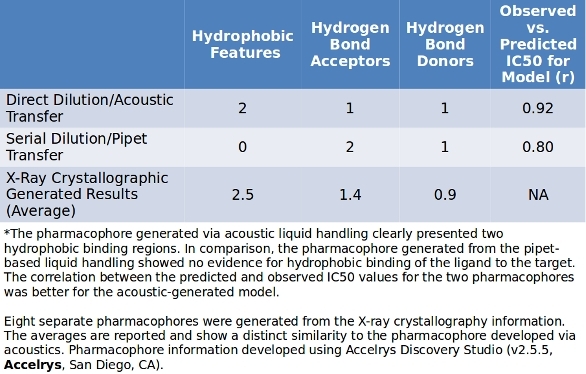

This applies invariably to pure bacterial cultures, water, food, soil and various environmental and biotechnological specimens. When there is no clear indication of the dilution level that yields this cfu range, several plates representing different dilutions and replications need to be employed leading to considerable wastage of time, manpower and material resources. Generally 25–250 or 30–300 colonies per agar plate (100 μl sample) are prescribed as the acceptable cfu for accurate counting,. Thus, the spreader-independent SATS approach proved to be a simpler and safer alternative to spread-plating for bacterial cfu estimations with several other advantages,. which seemed comparable to glass globules that crumble under physical pressure. The physical impaction effect also applied to the supposedly hardy spores of Bacillus spp. The physical impaction effects on vegetative cells varied between different organisms governed by the cell characteristics of the bacterium with Gram-negative organisms being more vulnerable than Gram-positive bacteria, cocci less susceptible than rods and more risk to larger cells than smaller cells.
IMPORTANCE OF SERIAL DILUTION RESEARCH FREE
Any spreader movement on agar surface subsequent to the exhaustion of free moisture proved detrimental to the bacterial cells further influenced by the operator practices and moisture levels in the medium. This was demonstrated in comparison with the alternate approach that did not involve the use of spreader, namely, spotting- and- tilt- spreading (SATS). We have documented that the inoculum-spreader employed during standard spread-plating could impart significant injury to bacterial cells and affect the cfu depending on the extent of its usage on the agar surface.

Here, the bacterial sample is applied over agar-gelled nutrient medium with the help of a glass, plastic or steel spreader where the spreader is generally considered a mere tool to distribute the inoculum over the agar surface. Spread-plating offers several advantages over pour-plating such as more flexibility in handling, less interfering effects on temperature sensitive organisms, the avoidance of aerobic organisms getting trapped inside agar medium, the surface enumeration of cfu and the easy selection of distinct colony types. Spread-plating and pour-plating form the standard approaches for bacterial and yeast cfu estimations,.

besides serving as standards during molecular investigations. Viable colony counts also form essential tools in biotechnology such as gene cloning, surveillance of genetically modified organisms, assessing bioremediation effects, testing novel anti-microbials, etc.

Further, cfu-based techniques provide information on the most abundant populations among the cultivable community. This holds good in spite of the emergence of molecular techniques such as fluorescent in situ hybridization, real-time quantitative PCR, flow cytometry, etc., which although provide a precise account of metabolically active cells, demand much expertise and resources. Cultivation-based methods being simple to practice, command enormous significance and applications in bacteriology. Tested on diverse bacteria, composite samples and Saccharomyces cerevisiae, SP-SDS offered wider applicability over alternative methods like drop-plating and track-dilution for cfu estimation, single colony isolation and culture purity testing, particularly suiting low resource settings.Įstimation of colony forming units (cfu) through serial dilution plating on a nutrient medium forms the most widely accepted method for monitoring cultivable bacteria and yeasts in different spheres of microbiology. Following incubation, at least one dilution level yielded 6–60 cfu per sector comparable to the standard method involving 100 μl samples. For liquid samples 10 0–10 5 dilutions, and for colloidal suspensions and solid samples (10% w/v), 10 1–10 6 dilutions were used. For pure cultures, serial dilutions were prepared from 0.1 OD (10 0) stock and 20 μl aliquots of six dilutions (10 1–10 6) were applied as 10–15 micro-drops in six sectors over agar-gelled medium in 9-cm plates. We propose a simple technique for bacterial and yeast cfu estimations from diverse samples with no prior idea of viable counts, designated as single plate-serial dilution spotting (SP-SDS) with the prime recommendation of sample anchoring (10 0 stocks).


 0 kommentar(er)
0 kommentar(er)
